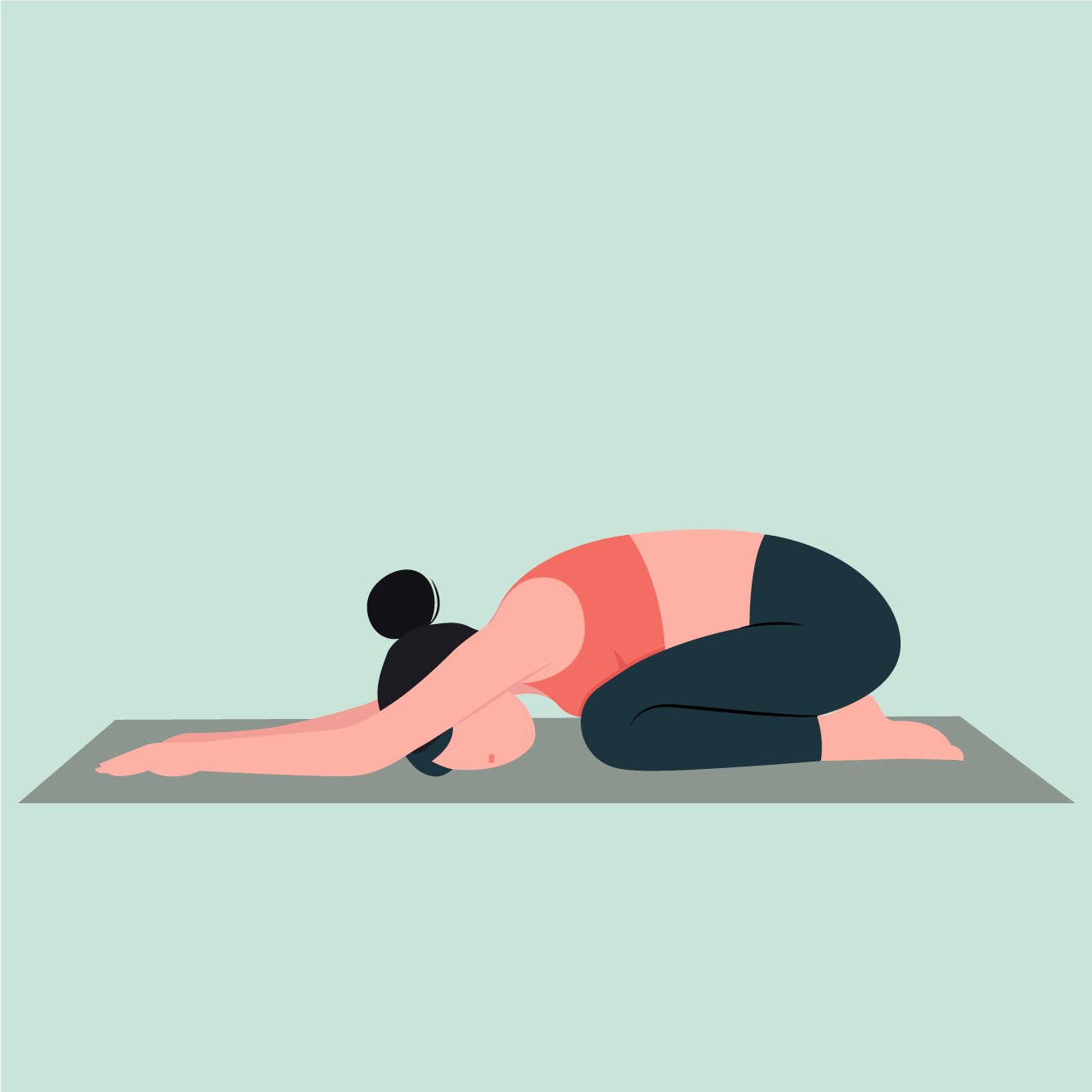Stacking The Ribcage and Pelvis: What It Means, Why It Matters, And How To Do It
Have you ever wondered why some individuals effortlessly exude poise and grace in their movements, while others struggle with poor posture and discomfort? The secret might lie in the concept of "stacking" the ribcage and pelvis, a fundamental principle of optimal postural alignment. In this blog post, we will explore what it means to stack the ribcage and pelvis, why it matters for our overall well-being, and provide practical tips on how to achieve this alignment for a healthier, more balanced body.
Understanding Stacking: Ribcage and Pelvis Alignment
Stacking the ribcage and pelvis refers to aligning these two vital structures in such a way that they are vertically stacked upon each other. In an ideal alignment, the ribcage sits directly above the pelvis, creating a balanced and stable foundation for the spine and surrounding structures. This alignment allows for optimal distribution of forces throughout the body, reducing the risk of musculoskeletal imbalances and associated discomfort.
Why Does It Matter?
Improved Posture: Proper alignment of the ribcage and pelvis promotes an upright posture, which not only looks more appealing but also has numerous health benefits. A stacked alignment reduces strain on the spine, ligaments, and muscles, preventing the development of postural issues and allows you to move forward in space more efficiently.
Enhanced Breathing: The position of the ribcage plays a vital role in facilitating efficient breathing. When the ribcage is stacked above the pelvis, it allows the diaphragm to move freely, promoting optimal lung expansion and enhancing oxygen intake. This leads to improved respiratory function and can positively impact energy levels, mental clarity, and overall well-being.
Spinal Health: The alignment of the ribcage and pelvis directly affects the position of the spine. When these structures are stacked, the spine is more likely to maintain its natural curves, reducing the risk of back pain and allowing the muscles within our core to function optimally to support the body and decompress the spine. A well-aligned spine also facilitates proper nerve function and overall body mechanics.
Optimal Length Tension Relationships: we have 36 muscles that attach to our pelvis, and many more that attach to the rib cage and spine. With the ribcage and pelvis in a neutral position, the muscles that attach to these structures are at the best position to generate force, without anything being too loose or too tight. This allows us a better opportunity to use the proper musculature to achieve movements without compensating.
The canister position is what we WANT. You can see the pressure created on the low back in the scissor position on the right side.
How to Stack the Ribcage and Pelvis
Comprehensive Assessment: Seek professional guidance from an expert who will conduct a thorough assessment of your posture, movement patterns, and muscular imbalances. This evaluation helps identify specific areas of concern and tailors a personalized program for you.
Respiration and Ribcage Expansion: Focus on diaphragmatic breathing techniques to enhance ribcage mobility and expansion. Engage in exercises that promote diaphragmatic control and awareness, to optimize the stacking relationship between the ribcage and pelvis. An exhale of this is taking an audible exhale, feeling the ribs come down, back and in and the pelvis posteriorly tilt.
Core Activation and Stability: Develop core stability through targeted exercises that engage the deep abdominal muscles. This includes training the pelvic floor, transverse abdominis, and obliques to provide a solid foundation for stacking the ribcage and pelvis.
Integrating Corrective Exercises: Incorporate specific exercises aimed at correcting muscular imbalances and asymmetries identified during the assessment. These exercises may include inhibiting tight muscles, strengthening weak areas, and retraining movement patterns to achieve optimal alignment.
Consistency and Practice: Achieving long-term results requires consistent practice and integration of postural alignment principles into daily life. Be mindful of your posture throughout the day, and practice alignment-focused movements and stretches regularly to reinforce the stacking relationship between the ribcage and pelvis.
Conclusion
Stacking the ribcage and pelvis emerges as a vital principle for achieving optimal alignment and restoring balance within the body. By adopting a comprehensive approach that addresses breathing, core stability, and corrective exercises, individuals can unleash the transformative power of proper stacking. For many, getting and maintaining this stacked position unlocks more mobility, strength, and ability to move pain free.
Other Posts You Might Like
















